What is a barcode and how does it work?
What is a barcode?
A barcode is a machine-readable representation of data that consists of a series of parallel bars and spaces. It is used to store information that can be quickly scanned and interpreted by barcode readers, now many types of barcode can be scanned by smart phone. Barcodes are widely found on product packaging, express waybill, inventory labels, and identification cards, enabling fast and accurate data retrieval in various industries.
The history of barcodes
The concept of the barcode was first introduced in 1948 by Bernard Silver and Norman Joseph Woodland, who sought to develop a system for automatically capturing product information at checkout counters. Their initial patent, granted in 1952, used a system of concentric circles rather than the linear barcodes we see today. The first commercial application of barcodes came in 1974 when a pack of Wrigley’s chewing gum became the first product scanned using a Universal Product Code (UPC) barcode at a supermarket checkout.
How do barcodes work?
How is a barcode generated?
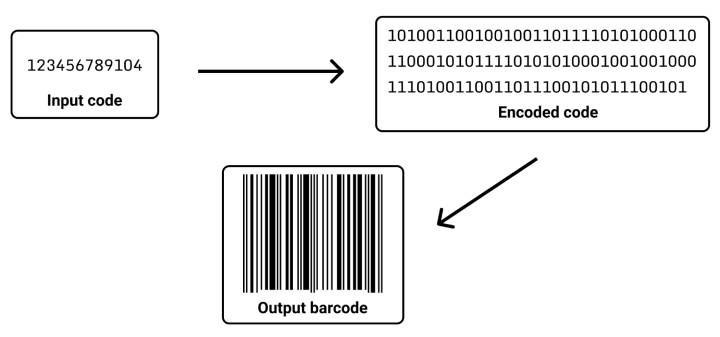
Process of generating a barcode(UPC-A)
Generating a barcode involves encoding data into a machine-readable format using a series of bars and spaces. The process includes the following steps:
1. Choosing the barcode type – The type of barcode depends on the application.
2. Encoding data – The information (e.g., product ID, URL, or serial number) is converted into a specific pattern of bars and spaces or squares.
3. Using barcode generation software – Specialized software or online tools create the barcode based on the encoded data. Popular tools include:
- Online barcode generators.
- Retail and inventory management software.
- Custom programming libraries like Zxing or Barcode4J.
4. Printing the barcode – The generated barcode is printed on labels, packaging, or digital displays using printers capable of producing high-resolution barcodes for accurate scanning.
How a barcode is reverted to orginal information
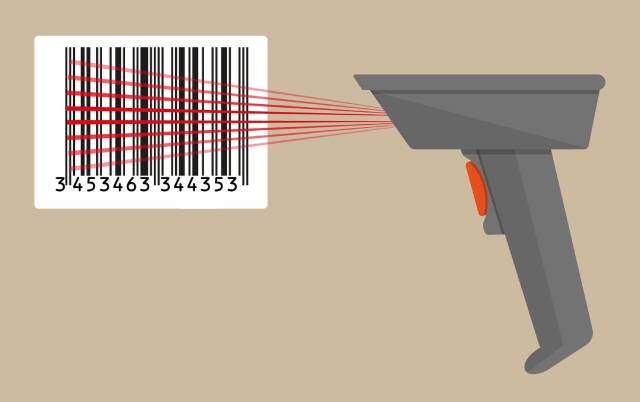
Reverting a barcode to orginal information involves scanning and interpreting the encoded information. This process includes several key steps:
1. Scanning the barcode – A barcode scanner or camera captures the image of the barcode.
2. Light feflection analysis – If using a laser scanner, light is emitted onto the barcode, and the reflection is analyzed. Black bars absorb light, while white spaces reflect it.
3. Converting image to digital data – For 2D barcodes, a camera-based scanner captures the barcode image and processes it using software that detects patterns.
4. Deciphering the code – The scanner deciphers the barcode by converting the pattern into binary data, which is then translated into readable text or numbers.
5. Retrieving information – The decoded data is sent to a computer system, which retrieves the relevant product, inventory, or tracking details.
Types of barcodes
There are two primary categories of barcodes:
1. One-dimensional (1D) barcode – These traditional barcodes consist of a series of vertical lines and spaces of varying widths. Common types include:
- UPC (Universal Product Code) – Used in retail for product labeling.
- EAN (European Article Number) – Similar to UPC, commonly used in Europe.
- Code 39 and Code 128 – Used in inventory and logistics.

UPC-A

EAN13
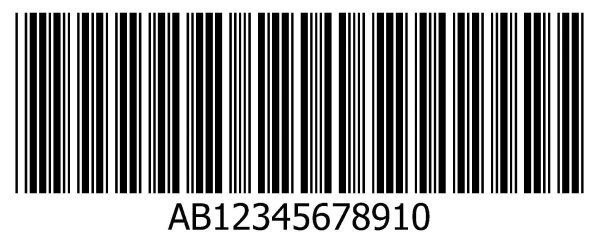
Code39
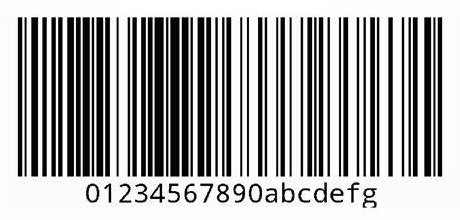
Code128
2. Two-dimensional (2D) barcode – These barcodes store data in both horizontal and vertical dimensions, allowing for greater information storage. Common types include:
- QR Code – The full name is Quick Response Code, it is used for marketing, ticketing, and digital payments.
- Data Matrix Code – Commonly used in manufacturing and healthcare.
- PDF417 – Used in identification documents such as driver’s licenses.
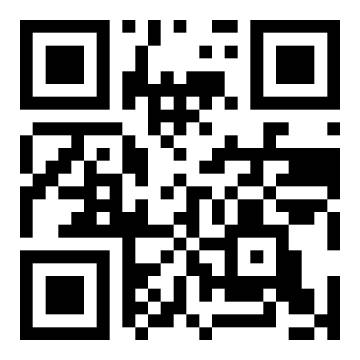
QR Code
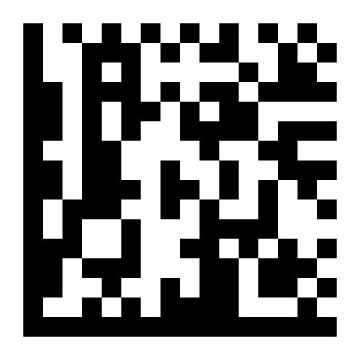
Data Matrix

PDF417
Applications of barcodes
Barcodes are used in a wide range of industries, including retail, logistics, healthcare, and manufacturing. Their primary applications include:
- Inventory management – Barcodes help businesses track stock levels and reduce errors.
- Retail checkout – Barcodes speed up transactions and reduce human input errors.
- Shipping and logistics – Barcodes enable accurate package tracking and reduce misplacements.
- Healthcare – Barcodes help in patient identification and medication administration.
- Access control and identification – Used in ID cards, event tickets, and secure entry systems.
Benefits of barcodes
- Speed and efficiency – Rapid scanning reduces manual data entry time.
- Accuracy – Minimizes human errors in data input.
- Cost-effectiveness – Reduces operational costs associated with manual tracking.
- Enhanced security – Ensures reliable tracking of assets and inventory.
In summary, barcodes are essential tools for modern data management, providing accuracy, efficiency, and security in various industries. As technology advances, barcodes continue to evolve, integrating with digital and automated systems to streamline operations further.


